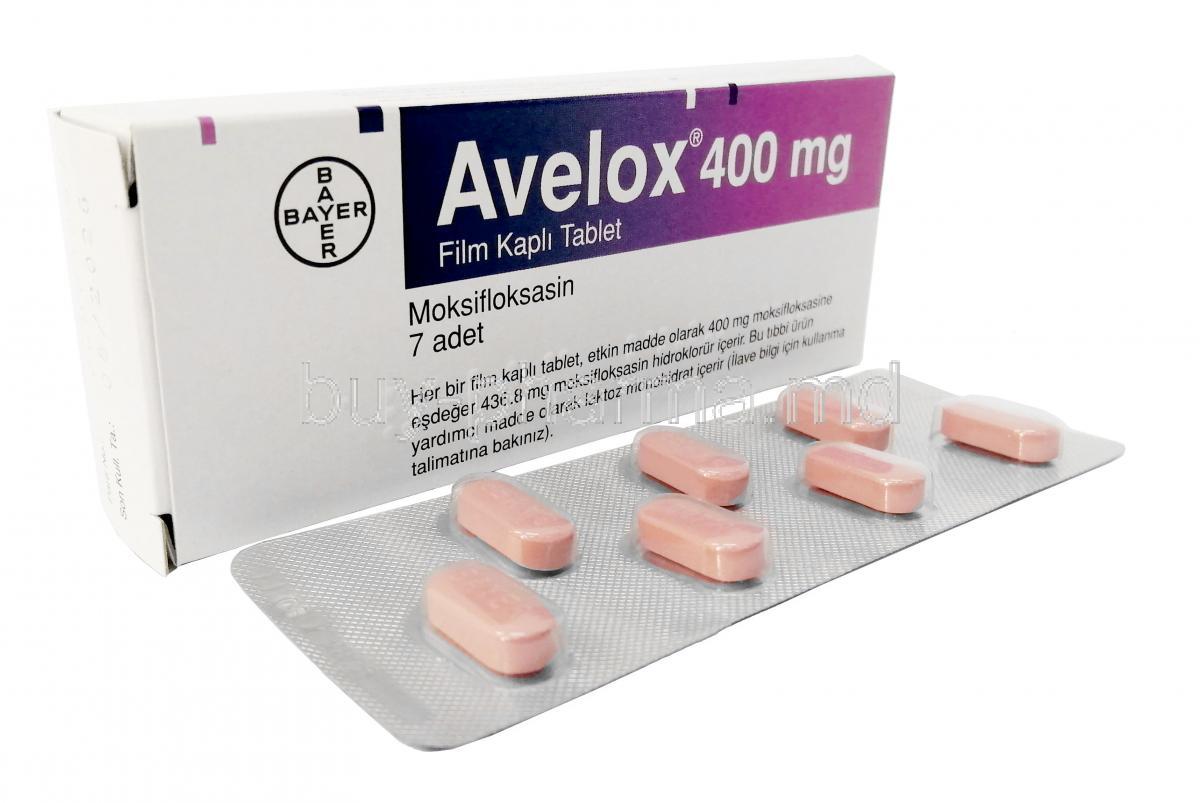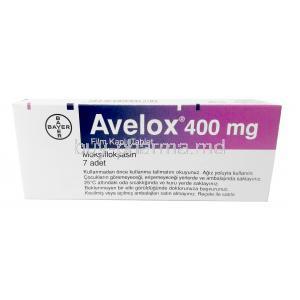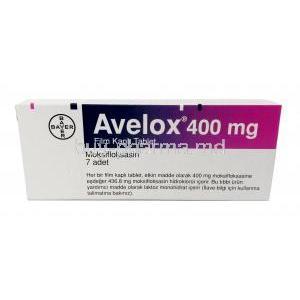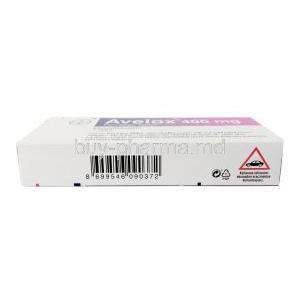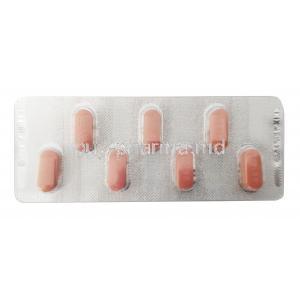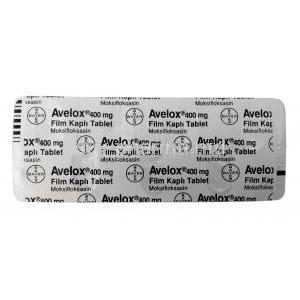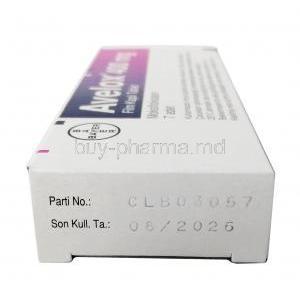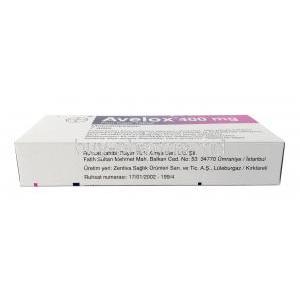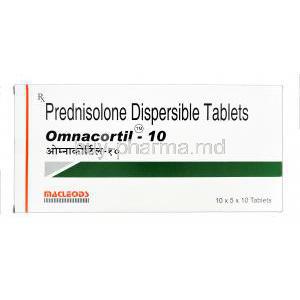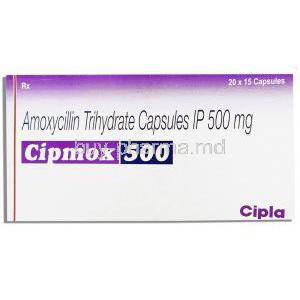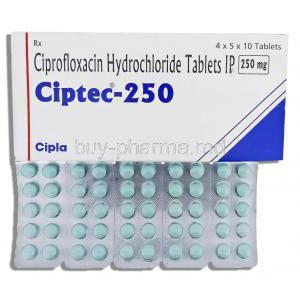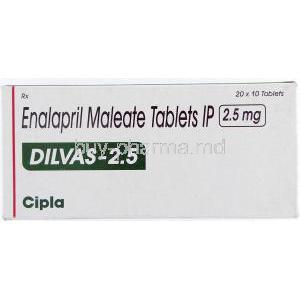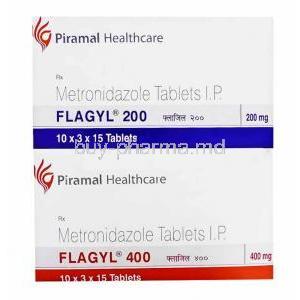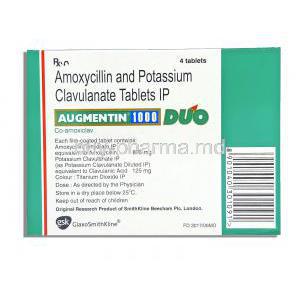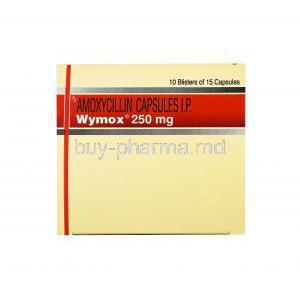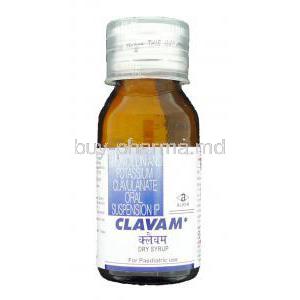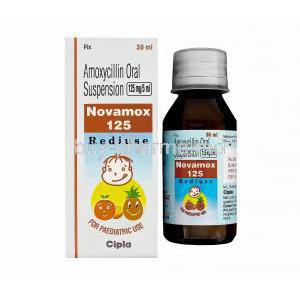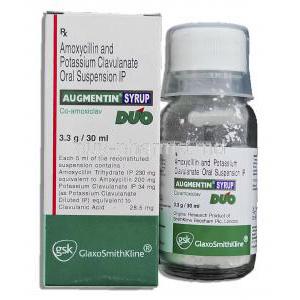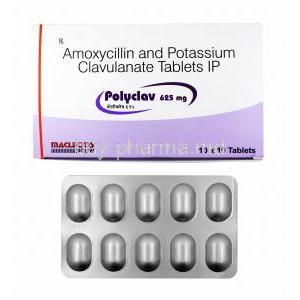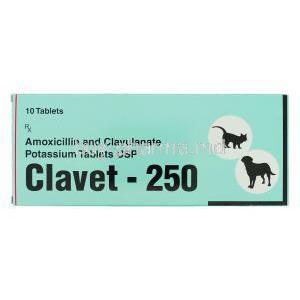Avelox
- I. Introduction
- II. Composition of Avelox
- III. Uses of Avelox
- IV. Off-Label Uses of Avelox
- V. How Avelox Works
- VI. Dosage and Administration
- VII. Side Effects of Avelox
- VIII. Interactions with Other Medications
- IX. Warnings and Precautions
- X. Contraindications
- XI. Administration to Special Populations
- XII. Overdose and Emergency Management
- XIII. Storage and Handling Precautions
I. Introduction
Avelox, also called Moxifloxacin, stands out as a breakthrough in the realm of antibiotics tailored to effectively fight various bacterial infections. Since receiving FDA approval, Avelox has played a vital role in the healthcare sector due to its wide-ranging antibacterial properties. It is important to grasp its applications, ingredients, and safety features to maximize its healing advantages while keeping risks at bay.
II. Composition of Avelox
Avelox's main ingredient, Moxifloxacin hydrochloride, works by targeting and eliminating bacteria. In addition to this component, the medication includes other inactive ingredients that play important roles like stabilizing the formula and improving absorption. Avelox comes in two forms. Oral tablets and an intravenous (IV) solution. To meet different treatment requirements and situations.

III. Uses of Avelox
Avelox is commonly used to treat tract infections, skin issues, sinus infections, chronic bronchitis flare ups and community acquired pneumonia. Its ability to target a range of bacteria makes it a flexible choice, for fighting different types of bacterial infections.
IV. Off-Label Uses of Avelox
- Tuberculosis (TB): Avelox has demonstrated efficacy in treating tuberculosis, an infectious disease caused by Mycobacterium tuberculosis. Studies have investigated its role as part of a multidrug regimen for TB treatment1.
- Intra-Abdominal Infections: Avelox has been explored as a potential treatment for intra-abdominal infections, which can involve the peritoneum, liver, or other abdominal organs. Research suggests its effectiveness in this context1.
- Neutropenic Patients: Neutropenic patients, who have low levels of neutrophils (a type of white blood cell), are at increased risk of infections. Avelox has been considered as a preventive measure in such patients to reduce the risk of bacterial infections1.
V. How Avelox Works
Avelox works by blocking DNA gyrase and topoisomerase IV, which stops DNA replication and cell division, preventing bacterial infection growth. This distinctive method sets Avelox apart from antibiotics, demonstrating its effectiveness in eliminating bacterial pathogens.

VI. Dosage and Administration
The amount of Avelox to be given depends on the kind and seriousness of the infection being treated. It can be taken by mouth or through IV with special instructions for patients with kidney issues to make sure they receive an effective treatment plan.
VII. Side Effects of Avelox
Although Avelox is an antibiotic, it does come with potential side effects. Patients might encounter adverse effects like nausea, diarrhea, dizziness, and headaches. On a serious note, there are risks of tendonitis tendon rupture and QT prolongation that could lead to harmful heart rhythm issues, liver damage, and sensitivity to light. Awareness of these symptoms and reporting them promptly can help reduce health complications.
VIII. Interactions with Other Medications
The effectiveness and safety of Avelox can be affected by how it interacts with drugs. Some common drug interactions to watch out for are with antacids, multivitamins, Warfarin, and antiarrhythmic medications. These interactions might require changes to the treatment approach to achieve the results.
IX. Warnings and Precautions
Avelox comes with antibacterial qualities, but it's important to be aware of the warnings and precautions associated with it. The Black Box warning specifically mentions the risk of tendonitis and tendon rupture which is particularly crucial for older patients and individuals with conditions such as myasthenia gravis or a history of QT prolongation. These precautions emphasize the need for a well-informed approach when using Avelox for treatment.
X. Contraindications
Avelox, which is a strong fluoroquinolone antibiotic known as Moxifloxacin, should not be given to patients who are allergic to Moxifloxacin or any other quinolones. Allergic reactions could lead to conditions like anaphylactic shock or severe skin problems, prompting the immediate cessation of the medication. Healthcare professionals must carefully check a patient's history for any past instances of allergic reactions to these medications to ensure the safety and health of those they are treating.
XI. Administration to Special Populations
- Elderly: The older population may experience increased sensitivity to Avelox, leading to a chance of side effects. It is crucial to monitor kidney function and adjust dosages carefully to minimize risks and protect well-being.
- Pregnant Women and Nursing Mothers: The safety of using Avelox during pregnancy and breastfeeding is not fully understood. Due to the risk to fetal development and the likelihood of Moxifloxacin passing into breast milk, prescribing Avelox to pregnant or nursing mothers requires a thorough assessment of potential benefits versus possible risks.
- Children: The safety profile of Avelox in children is not definitively established, especially regarding its impact on joints and musculoskeletal growth. As a result, it is generally recommended to avoid using it in children unless there are no treatment options available and the expected benefits outweigh the potential risks.

XII. Overdose and Emergency Management
In cases of taking much Avelox, patients might feel various symptoms, from slight dizziness to intense convulsions. The initial action involves stopping the medication and providing care. Although there is no antidote for Moxifloxacin overdose, methods like stomach pumping and giving activated charcoal can help stop more absorption. Regularly checking signs and kidney function along with treating symptoms is crucial in managing an overdose.
XIII. Storage and Handling Precautions
Ensuring the storage and handling of Avelox is crucial for maintaining its effectiveness in treatment. It's important to store the tablets and IV solutions at room temperature, shielded from light and moisture. Healthcare professionals who manage the IV solution must follow aseptic procedures to avoid contamination. Additionally, any leftover or expired medication should be disposed of following guidelines to protect the environment and prevent accidental ingestion.

